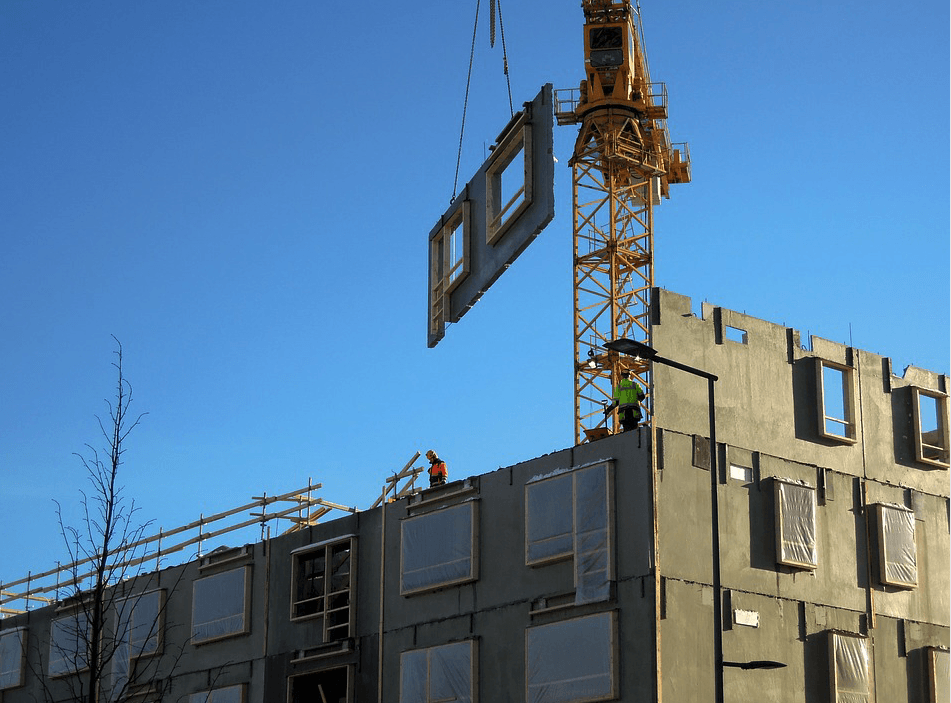The demand for new commercial and residential structures is growing on a daily basis, and so modular developments that can be completed at speed are becoming increasingly important. Not only can pre-built structures take many shapes, but it is also relatively easy to incorporate renewable energy technologies into their design – which is important with the focus on sustainability at the moment.
Sustainability in construction
When most people think about how buildings are constructed, they probably think about noisy, busy and dirty construction sites. There is no getting away from the fact that our demand for more internal space and new buildings is having an impact on the planet. In fact, a recent report from the Global Alliance for Buildings and Construction (The World GBC) in association with the UN Environment Programme and the International Energy Agency, stated that: “building construction and operations were, globally, responsible for 36% of final energy use in 2018.”
The report also went on to state that worldwide the construction sector accounted for “39% of energy-related carbon dioxide emissions in 2018.” Which begs the question, as the demand for structures increases, could modular buildings be the future of construction – by making it more sustainable?
History of modular buildings
Despite being the “future” of construction, prefabricated buildings are not new. In fact, their history can be traced back to the end of World War II where they were used as a solution to the significant housing shortage.
In fact, The PreFab museum states that 156,623 temporary prefabricated bungalows were erected in the UK between 1945 and 1949 alone.
It has taken almost 70 years though, for the idea of modular, pre-built, sustainable structures to really gain traction – mainly due to the increased focus on the impact that construction is having on the environment.
How can modular buildings be used?
Modular building isn’t limited to bungalows, pre-built structures can actually take many forms, as we can see through the variety of residential developments that are starting to be built across the UK.
Take Lister Terrace in the Royal Borough of Greenwich in southeast London for example. This consists of four new residential properties, “precision engineered” at ilke Homes in Yorkshire and lifted into place using cranes.
They have been engineered with the environment in mind, using air source heat pumps and solar panels in place of gas boilers – which also enables them to generate more energy than they consume.
Modular buildings are not just useful in the residential sector, their reduced energy usage can also be used to advantage in commercial situations as well. For example, the Northumbria Healthcare NHS Foundation Trust recently started work on an £8 million state-of-the-art healthcare sterilisation facility.
The Trust aims for this building to be a carbon-neutral facility, and so has committed to 90% of the scheme being “completed offsite, reducing both construction time and cost.”
So, it seems that modular construction could be the answer to a more sustainable way of building, allowing both commercial and residential projects to be completed quickly and efficiently while maintaining high standards of quality and durability.
If you have a project that you would like help with, and you want more information about our services then please call us today on 0161 427 0348 or email us at office@thecadroom.com

